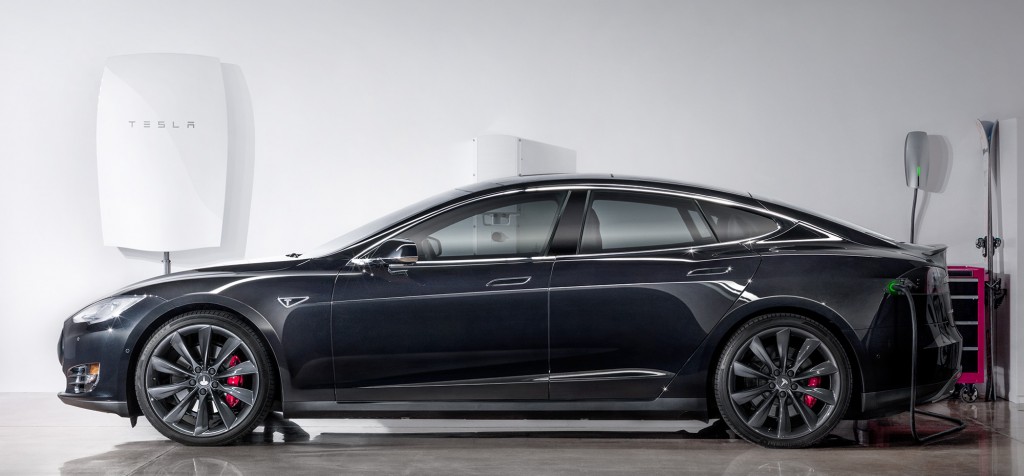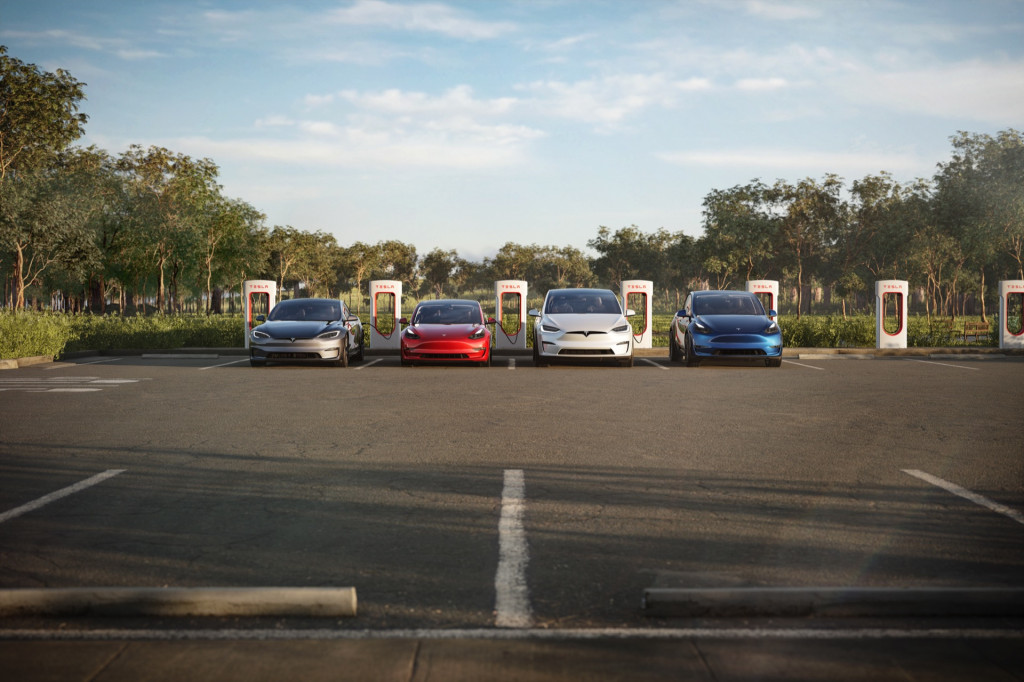Tesla and California electric utility Pacific Gas & Electric (PG&E) are launching a pilot program that will use Tesla Powerwall home energy storage battery packs as a "virtual power plant" to back up the grid.
On June 22, Tesla invited approximately 25,000 Powerwall owners who are PG&E customers to participate in the program, according to PG&E. In the two weeks following the announcement, more than 3,000 customers expressed interest in participating, and more than 1,500 officially enrolled in the pilot program.
"Enabling Powerwall customers to support the grid and their community is a necessary and important part of accelerating the transition to sustainable energy," Drew Baglino, Tesla senior vice president of powertrain and energy engineering, said in a statement. "We seek to partner with utilities and regulators everywhere to unlock the full potential of storage to bring more renewable, resilient, and less costly electricity to everyone."

Tesla Powerwall Home Battery
Participating customers' Powerwalls will collectively form a "distributed" battery that can absorb excess energy during periods of low electricity demand, and discharge it back into the grid during periods of high demand, according to PG&E. It's one aspect of the utility's Emergency Load Reduction Program, a five-year pilot program launched in 2021 that seeks to incentivize reduced electricity use during periods when the grid is particularly stressed.
In this case, Powerwall batteries will be directed by PG&E to discharge during the high-demand hours of 4:00 p.m. to 9:00 p.m. Customers will get $2.00 for every incremental kwh of electricity discharged during those times—potentially a significant revenue generator for those customers, as PG&E's baseline residential rate is 32 cents per kwh. They can still use the Tesla app to reserve adequate power for personal use, as well as opt out of the program, PG&E noted.
Using batteries in this manner can help balance the grid by avoiding sudden spikes in demand. A more balanced grid means outages are less likely, and it would also make EV charging more reliable.

2022 Tesla lineup (Courtesy of Tesla, Inc.)
California aims to end sales of most new non-electrified vehicles by 2035, but a 2020 report suggested the state's grid will need massive updates to support all the EVs it's sculpting its policy around. And 2021 heat waves prompted public alerts about EV charging in California.
Ramping up energy delivery to meet summer heat waves this year will be more expensive and carbon-intensive, due to the ongoing drought. The drought is limiting hydro-electric generating capacity, forcing California to rely more on carbon-intensive energy sources, the federal Energy Information Administration (EIA) said last month. That effectively increases the carbon footprint of EVs charged from the California grid, too.
PG&E and Tesla's trial is just one of several pilot programs looking at ways to smooth the grid through bidirectional charging—some using the vehicles themselves as the bidirectional backup power banks. That's something not yet enabled in Tesla vehicles.











